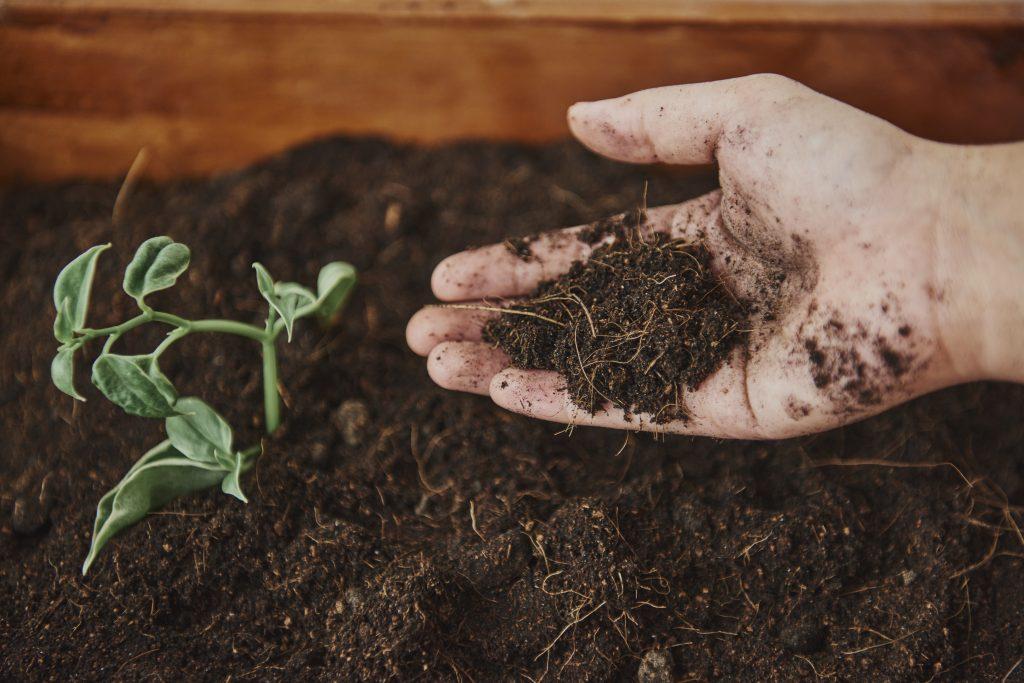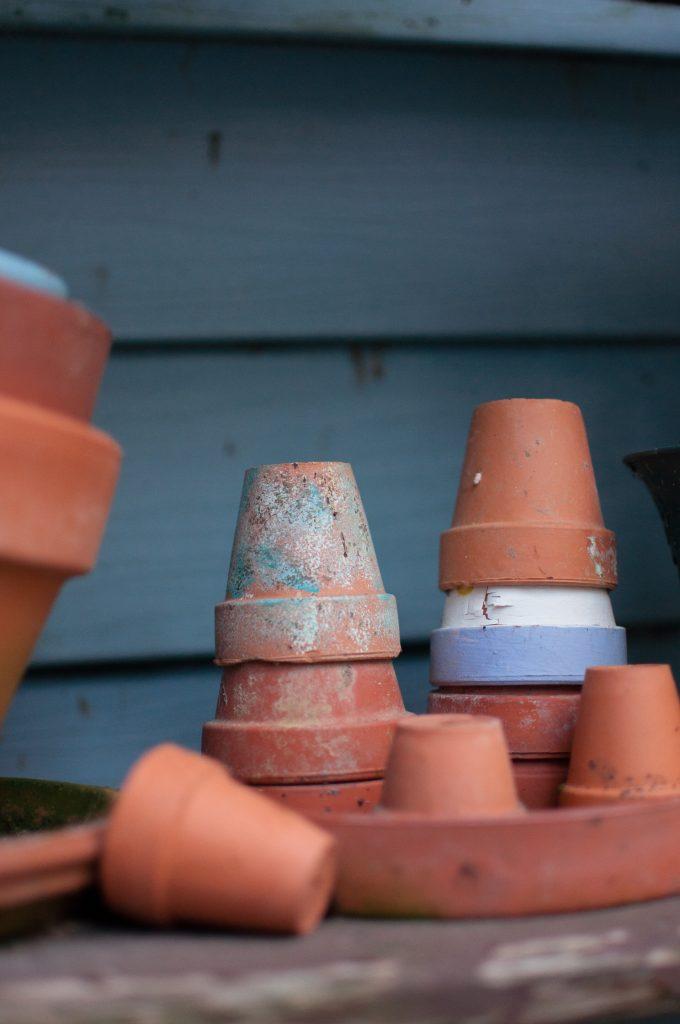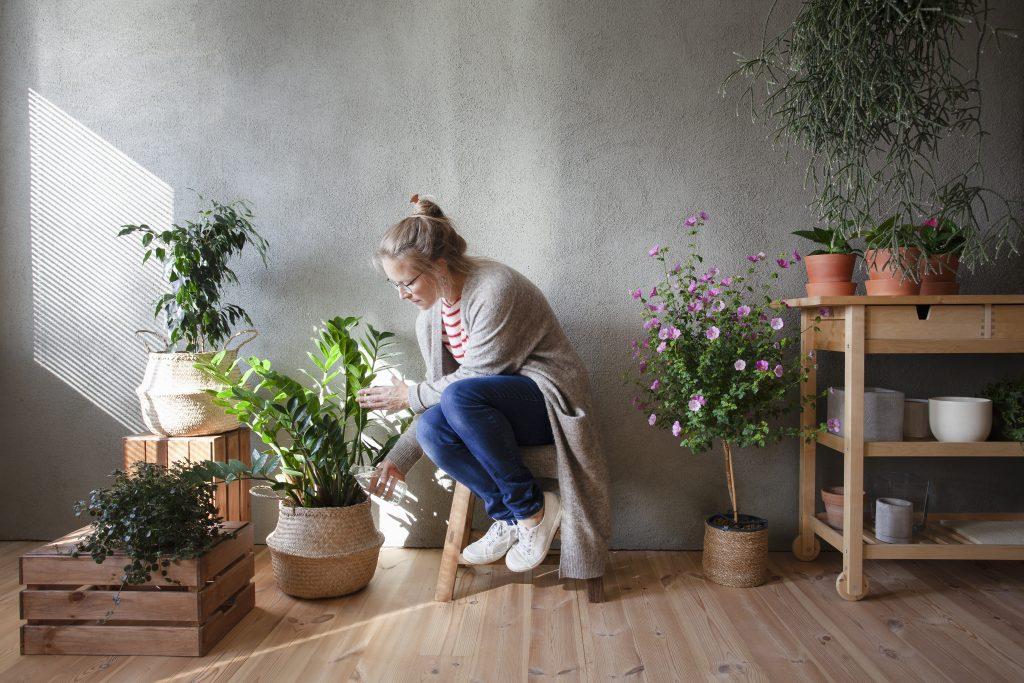Indoor Gardening
Kara Hyden
Do you have a green thumb and want to try indoor gardening? Or do you just want to experiment with it to save some money? Regardless of your reason, having an indoor garden adds beauty to your home, boosts your mood, and improves air quality.

But you may be asking yourself, “How do I start an indoor garden? What supplies do I need? What can I grow indoors?” If you have ever wondered about starting your own garden, this article will help…green thumb not required.
To start, you will need a few basic supplies:
- Shallow container with drainage holes
- Organic potting soil
- Seeds
- Watering can or mister
Optional supplies include pots of different sizes (depending on what you plan to grow), labels for the plants or herbs (if growing them in the same pot), neem oil (organic substance to help control insects and diseases), plant trays, and fertilizer.
Next, you’ll want to decide where you’re going to put the indoor garden. Avoid rooms that have cold temperatures or placing plant containers near an air vent or fan. Cold air isn’t good for plants and the vents can dry out your plants and cause damage. And while natural sunlight is best, some spaces may not have sunlight available, so it’s best to use specialized lights, like grow lights.


Once you have your supplies and your space, the next decision is what to plant. Below are different kinds of plants, vegetables, and herbs that grow best indoors:
Plants: Spider plant, Snake plant, Monstera Deliciosa, Pothos, Peace Lily, Aloe, and Yucca
Vegetables: Baby Greens like lettuce, arugula, basil, spinach, and chard, and Microgreens like radishes, broccoli, peas, and sunflowers
Herbs: Basil, Mint, Chives, Oregano, Cilantro, Bay Laurel, Dill, Thyme, Parsley, and Rosemary
To start your garden, place one to two inches of potting soil in your container, scatter the seeds over the surface, and cover the seeds with a thin layer of soil. Put the container in a drip tray and give the soil a gentle shower. Place the tray in the sun or under grow lights and mist every couple of days to keep the soil moist.
Soon you’ll have a nice little garden of your own to be proud of!


